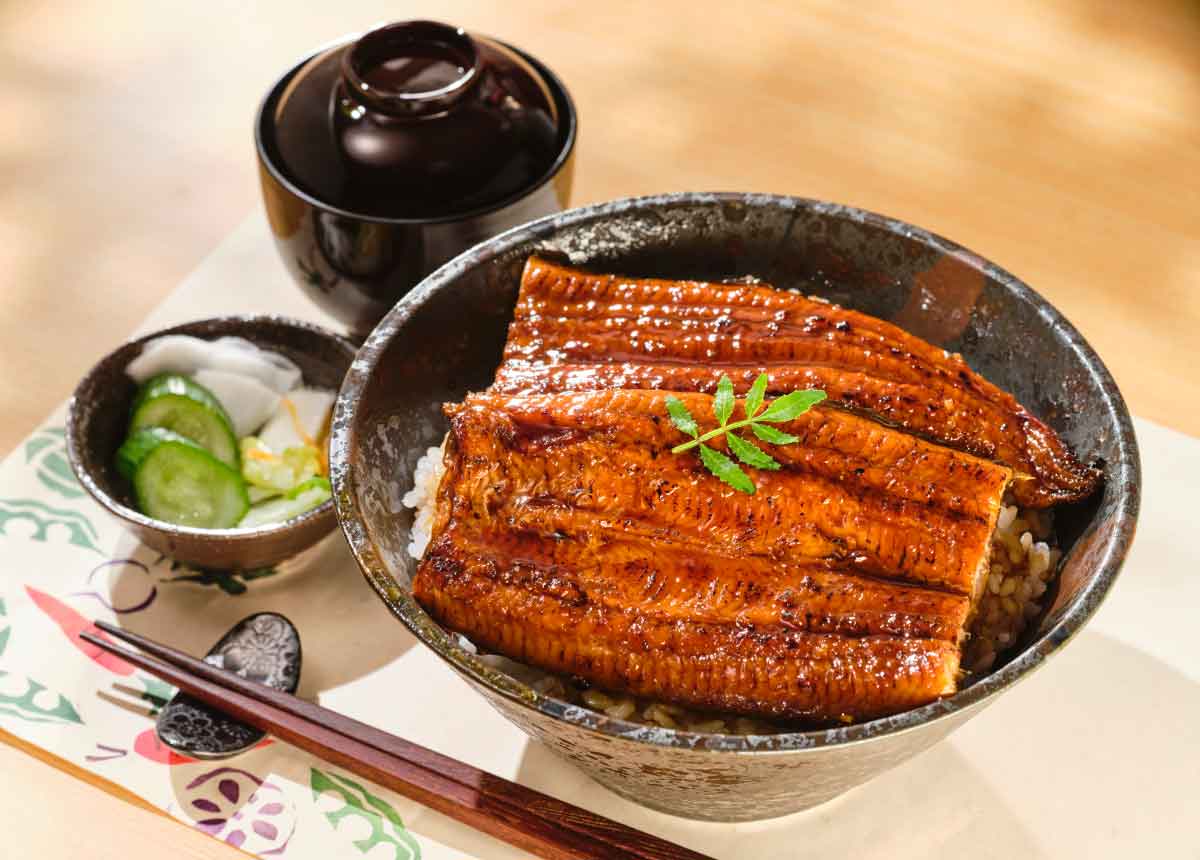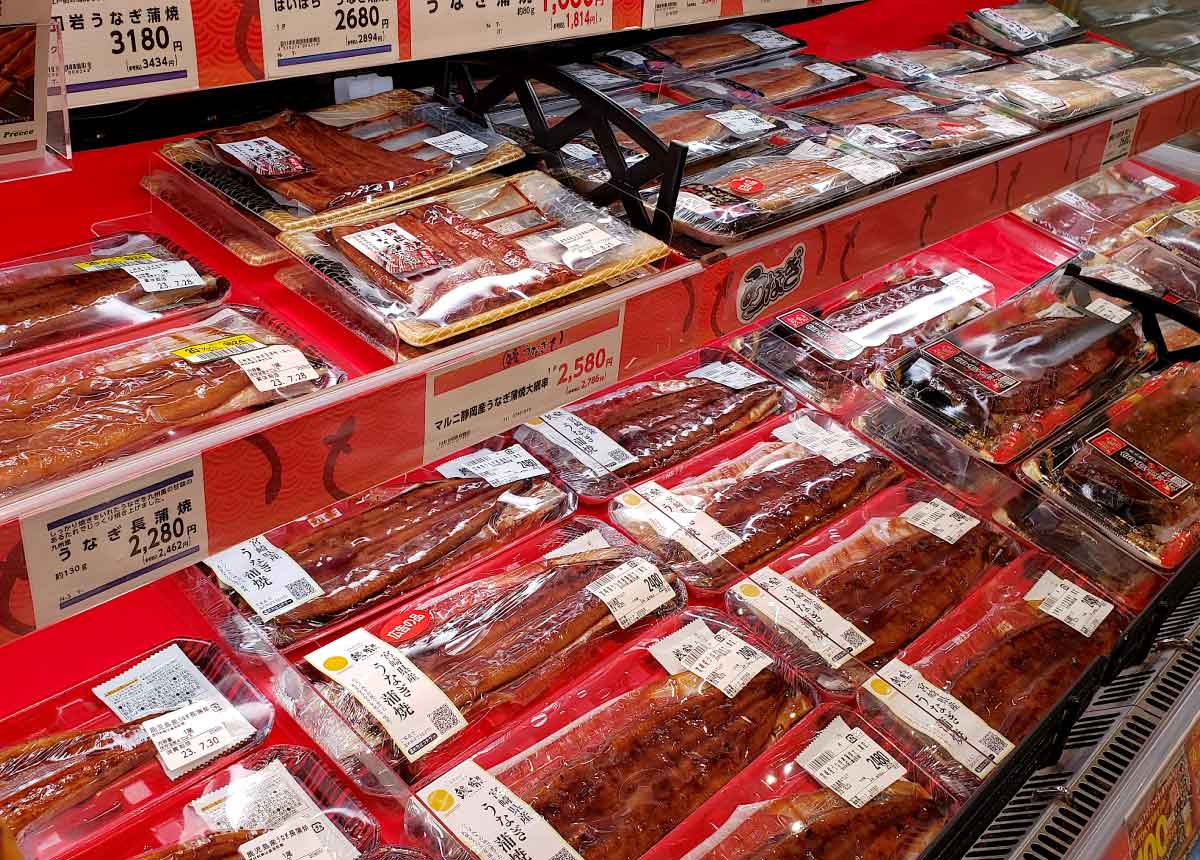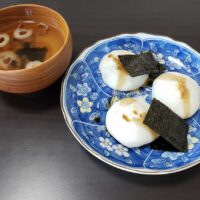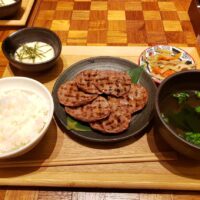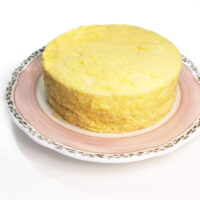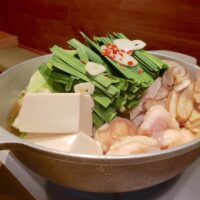Supermarkets fill up with grilled eels at the end of July. It’s Japanese grilled eel. This is a traditional summer sale.

Have you ever eaten an eel? Eels are split and skewered, then grilled, steamed, sauce-dipped, and then broiled again before being served with rice in Japan. The secret to its flavor is the sauce, or “Tare” in Japanese. Sake, mirin, sugar, and soy sauce are the main ingredients in the sauce. The head and bones of the eel, which are non-edible portions, are added and simmered. Furthermore, the sauce after use is continuously replenished in the clay pot for years, giving it a distinct smoky scent and flavor and creating a complex taste. This sauce, which accumulates for decades in famous restaurants, does not spoil because it is pasteurized during the cooking process.

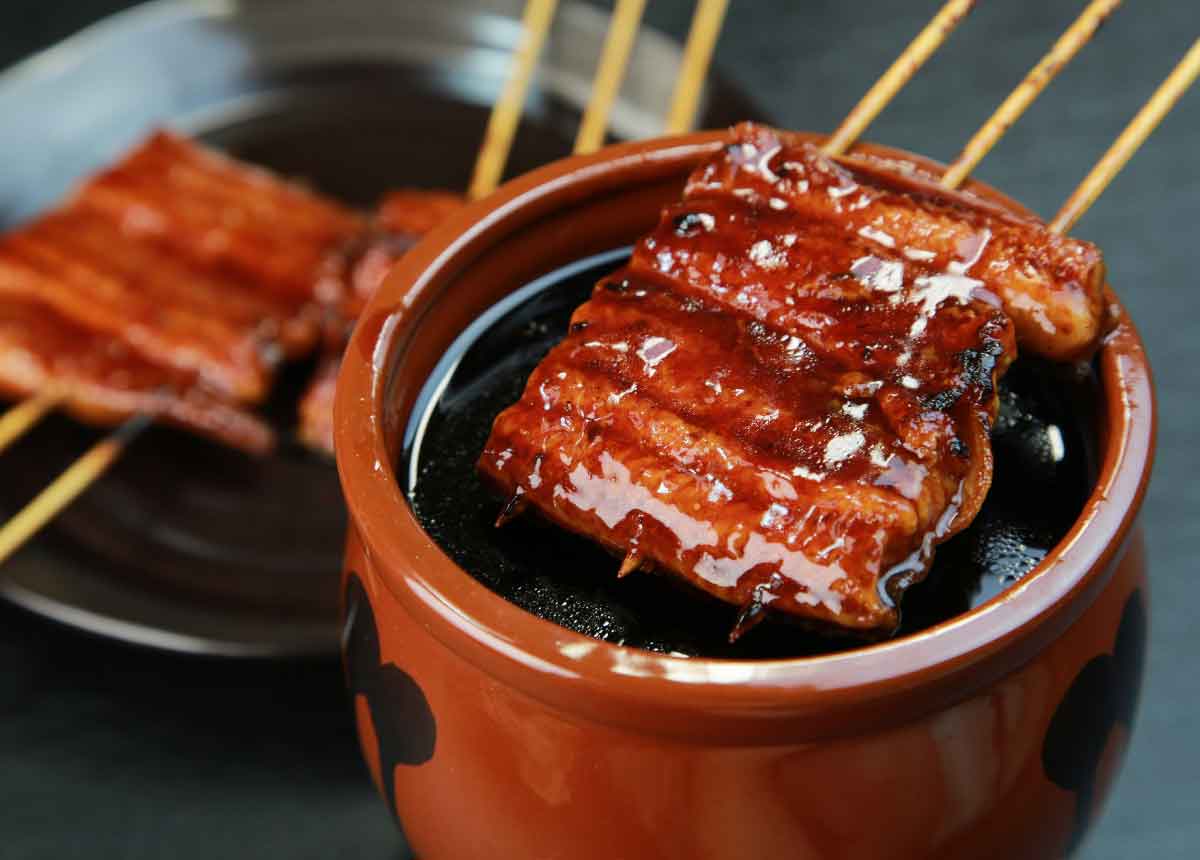
Eels are in season from fall through winter, but we have a tradition of eating them in the summer. This custom is artificially based on a sales tactic developed in the 1700s. It began as a “promotion for eel shops. Eel shops had low sales in the summer because eels are originally an autumn food. An inventor suggested that they launch a campaign encouraging people to consume eels in the summer. The Japanese readily accepted this custom. In fact, eel is high in nutrients, especially vitamin B1, which aids in fatigue relief and contributed significantly to relieving summer fatigue.
The name is “Unagi no Kabayaki”. Try it!
